Customer Service
My Account
- Sign in / Register
- Overview
- Profile
- Orders
- Returns
- Address Book
- Wishlist
- Recently Viewed
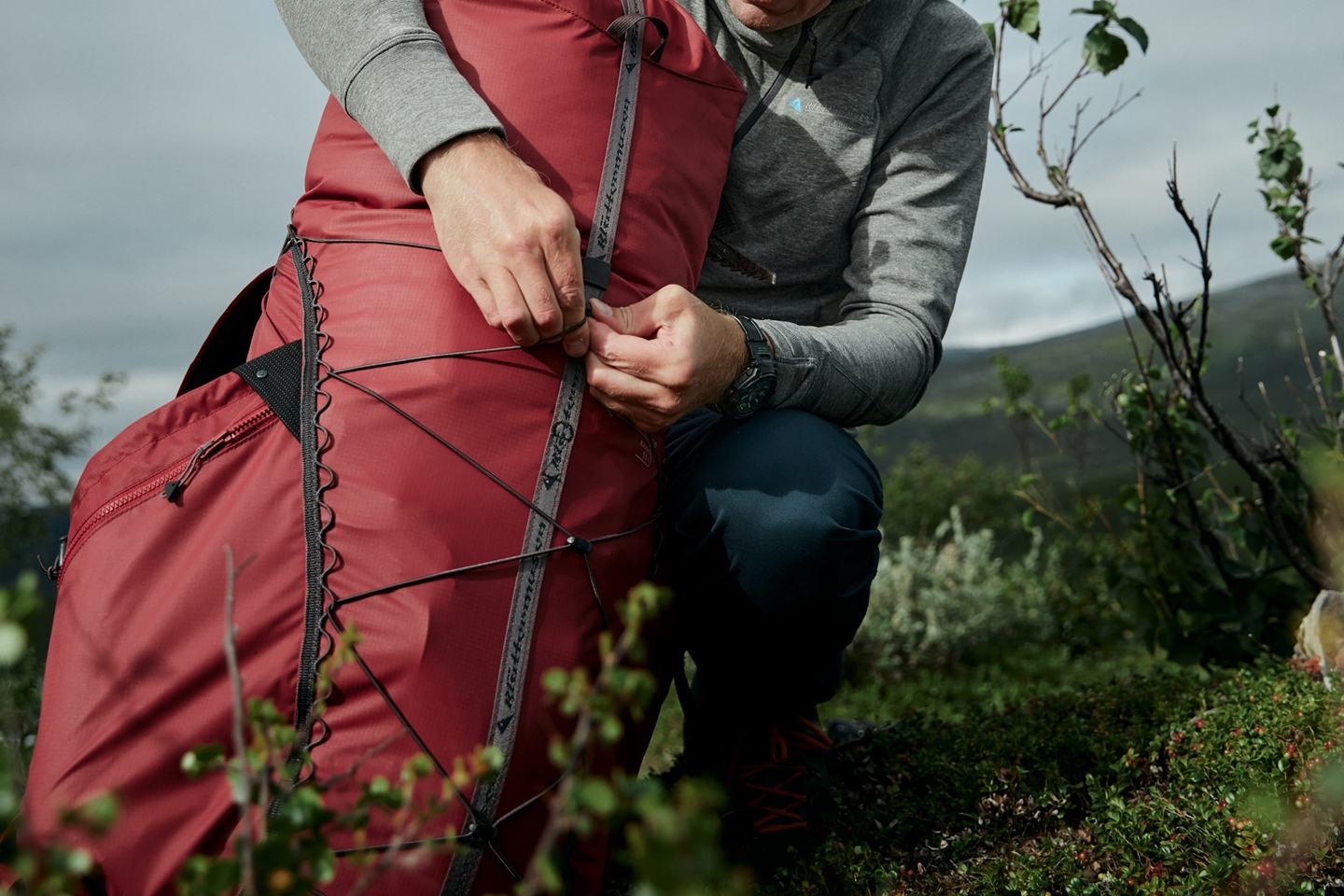
Day and Multi-Day Use
Day and Multi-Day Use
Klättermusen Backpack Systems are built around the practical needs of mountaineers. They are comprehensive and provide the ability to use the same equipment for different types of missions. Our packs and bags range from highly tailored ones for specific types of outdoor experiences, to more versatile ones for everyday adventures. We also ensure the different parts of our system can be interchanged and reconfigured as needed.
Base your volume needs on how long you’ll be out for. For daypacks, we recommend up to 33 liters, depending on your activity and amount you need to pack. For 2-4 days, a pack ranging from 30-55 liters is recommended to fit all the essentials. For trips longer than 5 days, a pack of 50+ liters is ideal.
Use this guide to help you find the perfect backpack for your specific requirements. In-depth descriptions and details about the backpacks can be found on each product page.
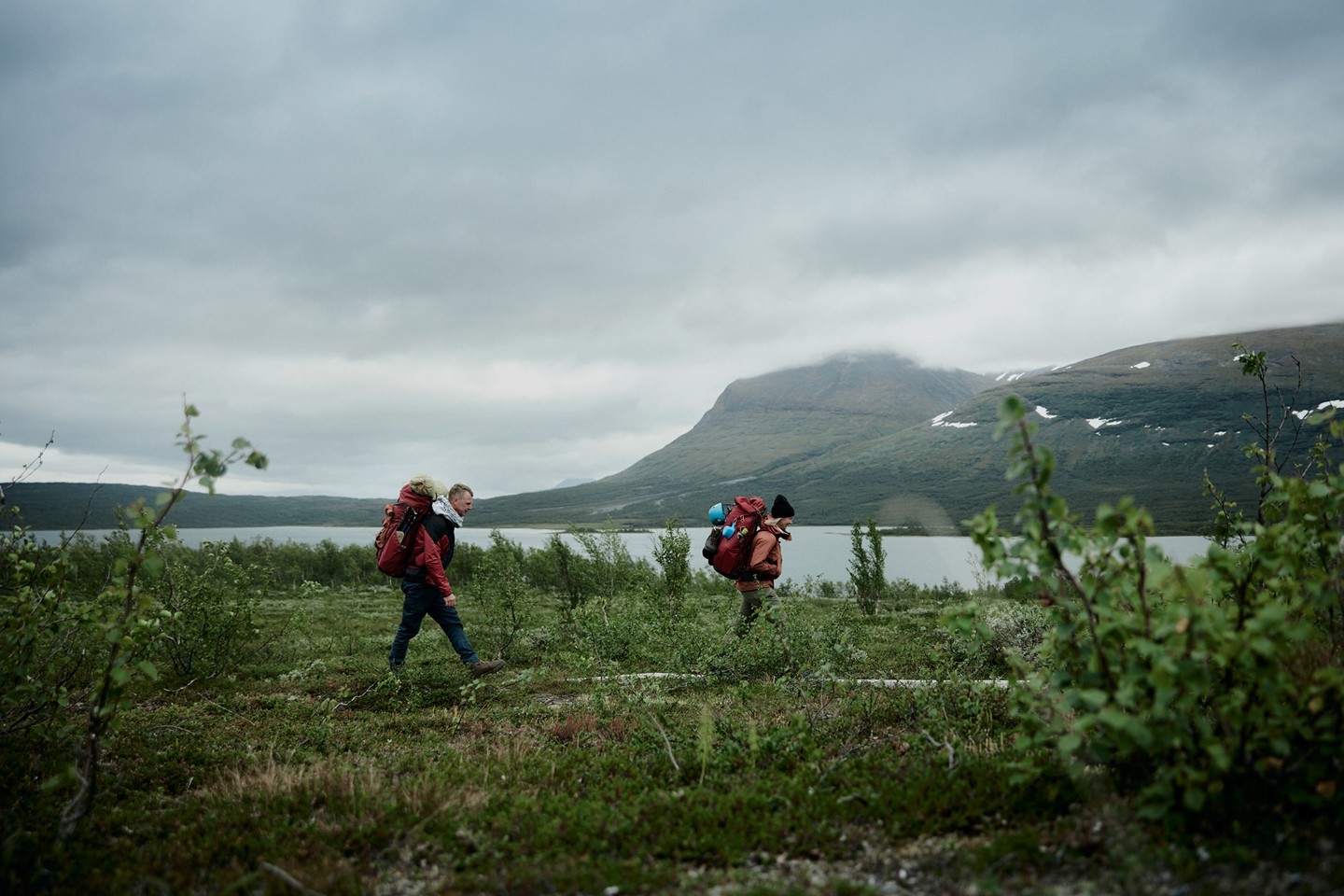
The design and technology behind our backpacks
The design and technology behind our backpacks
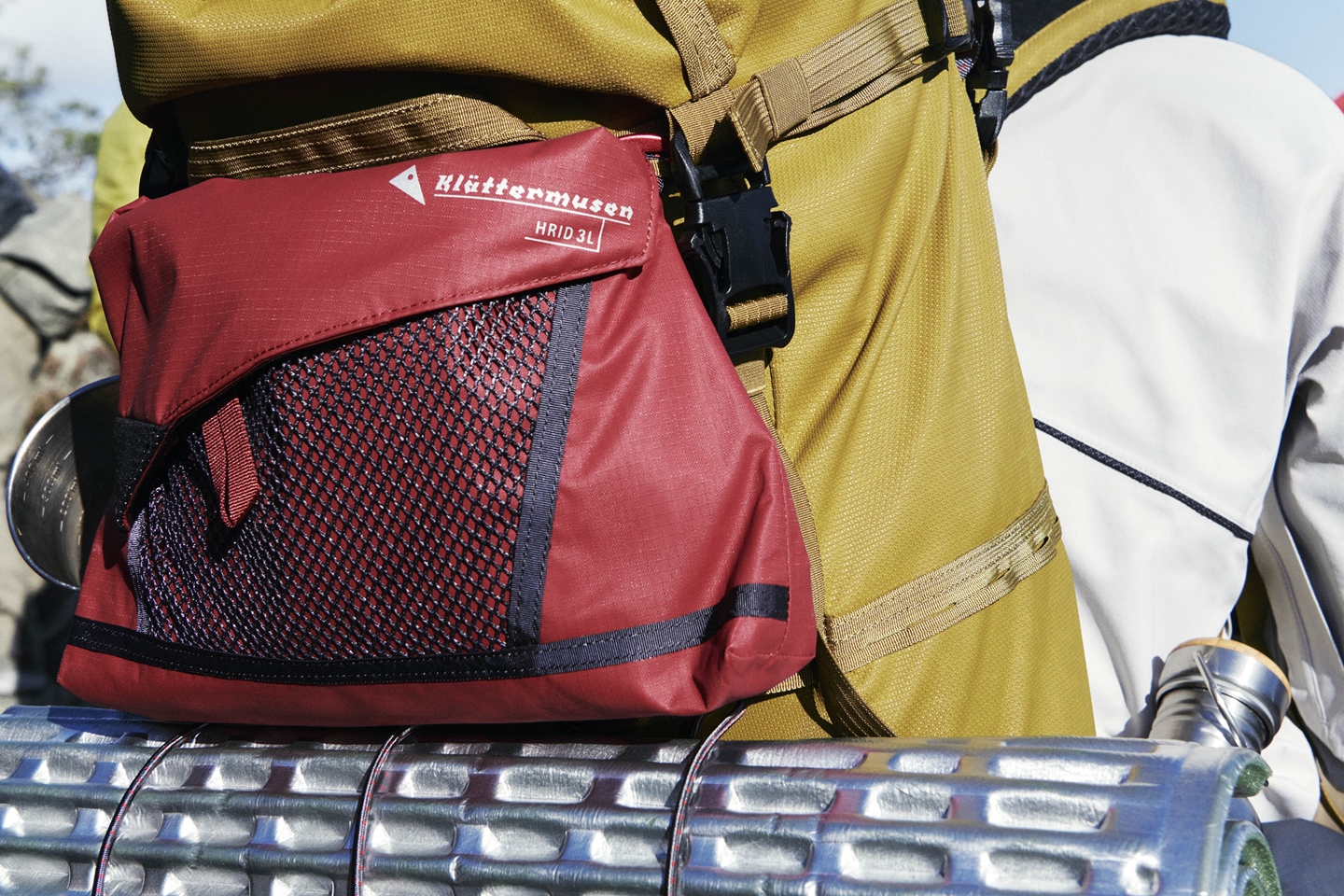
Our backpacks and packs are all part of a close-knit system, where they all work as a seamlessly interactable part of a bigger structure. While we offer a great range of backpacks, we also have a wide selection of tote bags, lumbar packs and accessories. All smaller packs are equipped with toggles that can easily be attached to our backpacks thanks to the loop and hole webbing. Choosing a Klättermusen backpack offers the possibility to tailor your backpack based on your specific needs of volume and features.
All accessories and smaller packs can also be used on their own as daily or adventure based packs. Only you set the limits.
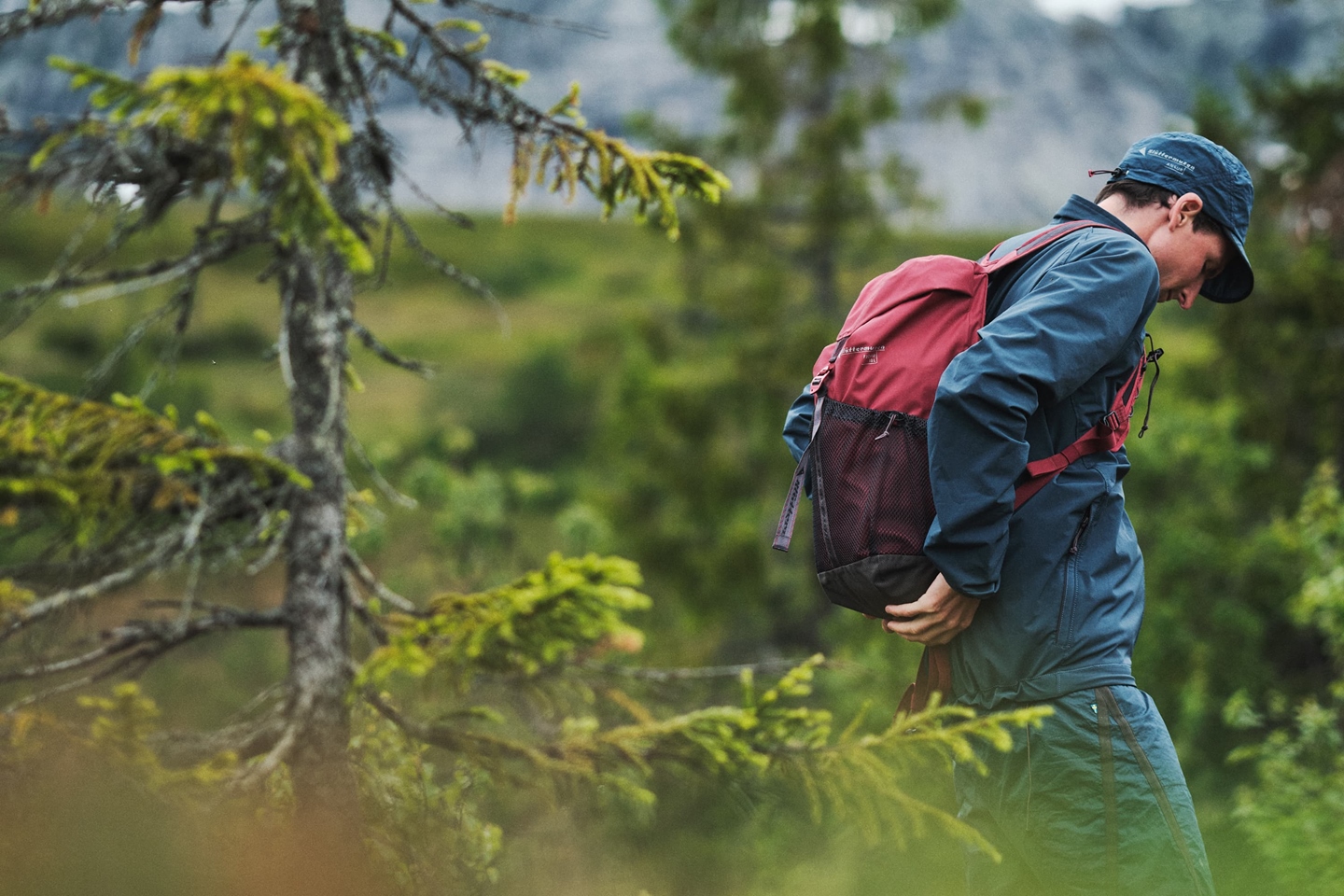
Staying nimble and light on your feet is imperative when you’re out for the day, or just want to summit before returning to base camp. These backpacks can serve both as a lighter core pack or as an extension to your expedition load-out. For daypacks, we recommend up to 33 liters, depending on your activity and amount you need to pack.
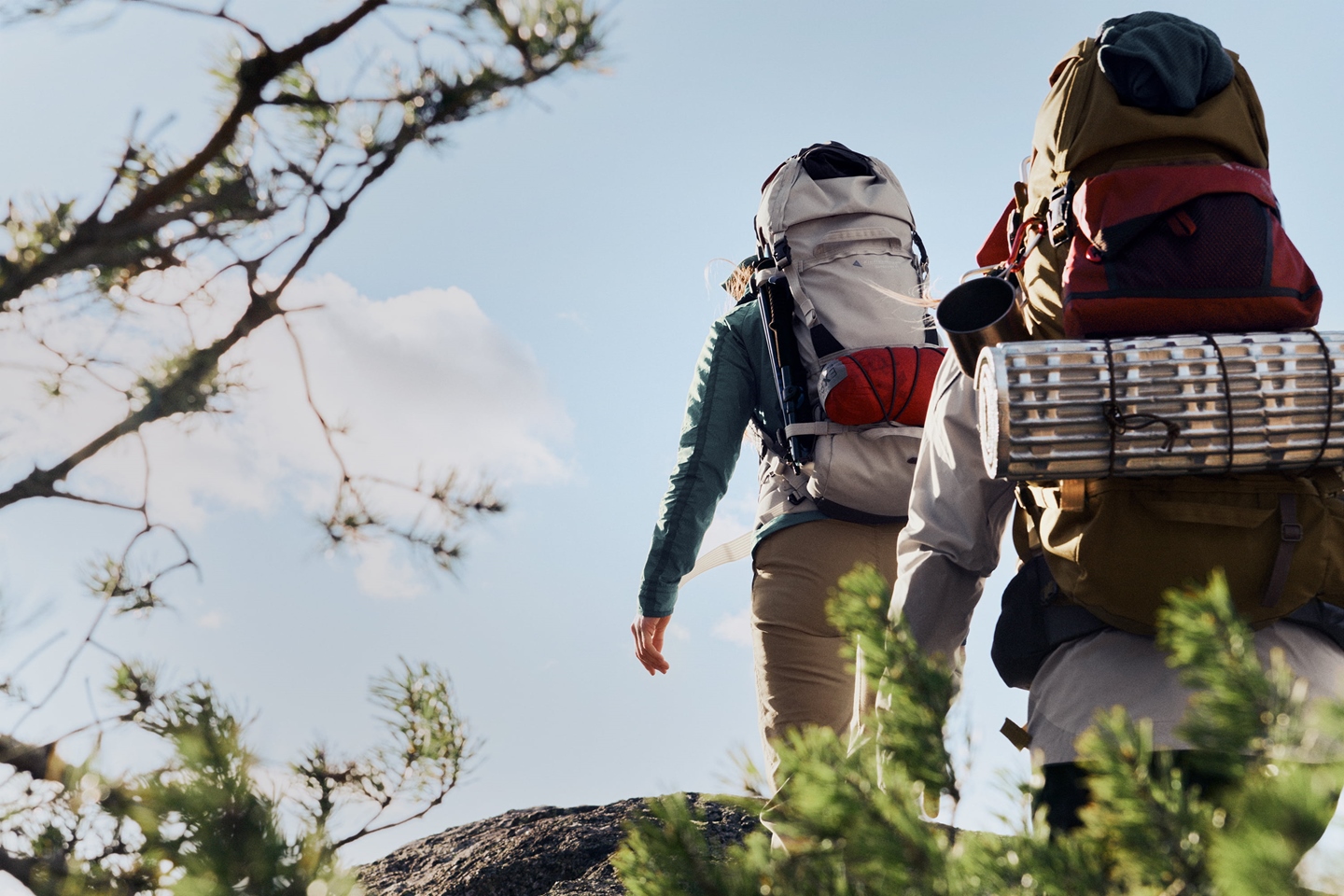
(2-4 days)
(2-4 days)
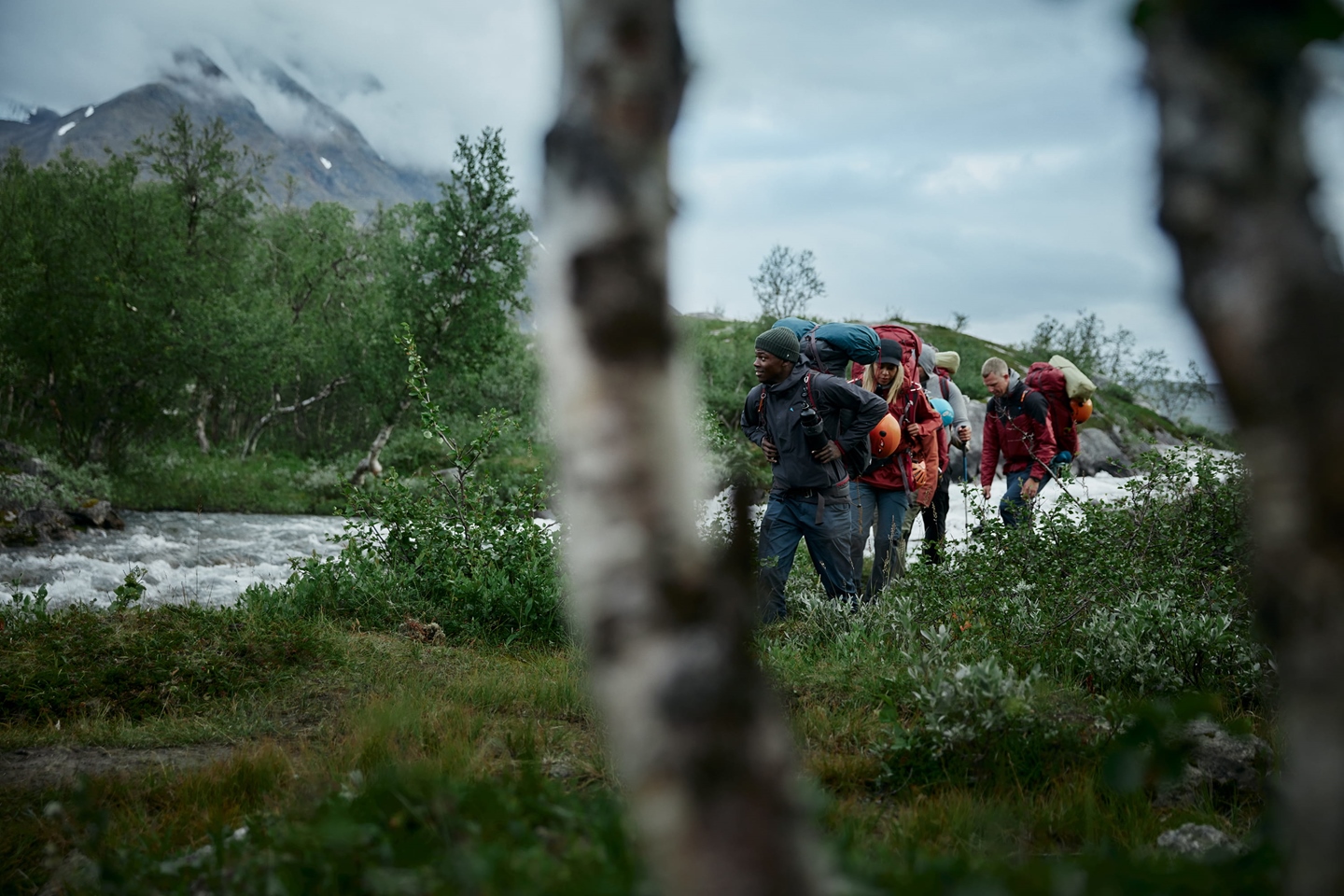
Built from the ground up, our packs are designed to transfer the load onto your bones instead of your muscles as efficiently as possible. This ensures not only increased comfort but enhances your endurance. The capacity can be expanded even further at a moment’s notice using the integrated loop webbing. For trips longer than 5 days, a pack of 50+ liters is ideal.